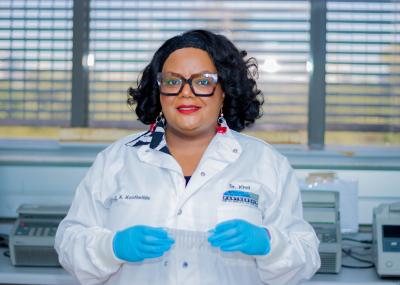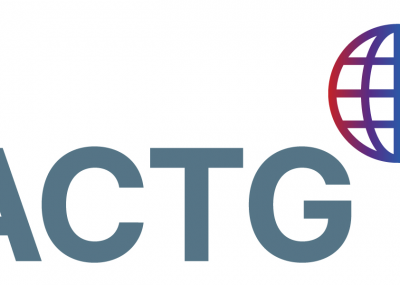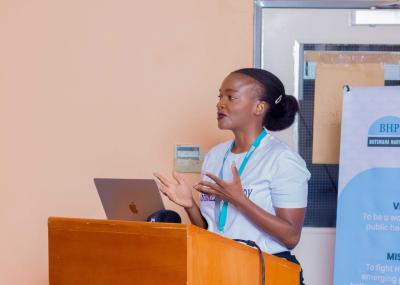Objective: Guidelines for effective triage following positive primary high-risk human papillomavirus (HPV) screening in low- and middle-income countries with high human immunodeficiency virus (HIV)-prevalence have not previously been established. In the present study, we evaluated the performance of three triage methods for positive HPV results in women living with HIV (WLHIV) and without HIV in Botswana.
Methods: We conducted baseline enrollment of a prospective cohort study from February 2021 to August 2022 in South-East District, Botswana. Non-pregnant women aged 25 or older with an intact cervix and no prior diagnosis of cervical cancer were systematically consented for enrollment, with enrichment of the cohort for WLHIV. Those who consented completed a questionnaire and then collected vaginal self-samples for HPV testing. Primary HPV testing for 15 individual genotypes was conducted using Atila AmpFire® HPV assay. Those with positive HPV results returned for a triage visit where all underwent visual inspection with acetic acid (VIA), colposcopy, and biopsy. Triage strategies with VIA, colposcopy and 8-type HPV genotype restriction (16/18/31/33/35/45/52/58), separately and in combination, were compared using histopathology as the gold standard in diagnosing cervical intraepithelial neoplasia (CIN) 2 or worse (CIN2+).
Results: Among 2969 women enrolled, 1480 (50%) tested HPV positive. The cohort included 1478 (50%) WLHIV; 99% were virologically suppressed after a mean of 8 years on antiretroviral therapy. In total, 1269 (86%) women had histopathology data for analysis. Among WLHIV who tested positive for HPV, 131 (19%) of 688 had CIN2+ compared with 71 (12%) of 581 in women without HIV. Screening by 8-type HPV genotype restriction was more sensitive as triage to detect CIN2+ in WLHIV 87.79% (95% CI: 80.92-92.85) and women without HIV 85.92% (95% CI: 75.62-93.03) when compared with VIA (WLHIV 62.31% [95% CI: 53.39-70.65], women without HIV 44.29% [95% CI: 32.41-56.66]) and colposcopy (WLHIV 70.77% [95% CI: 62.15-78.41], women without HIV 45.71% [95% CI: 33.74-58.06]). However, 8-type HPV genotype restriction had low specificity in WLHIV of 30.88% (95% CI: 27.06-34.90) and women without HIV 37.06% (95% CI: 32.85-41.41). These results were similar when CIN3+ was used as the outcome. When combining 8-type HPV genotype restriction with VIA as the triage strategy, there was improved specificity to detect CIN2+ in WLHIV of 81.65% (95% CI: 78.18-84.79) but dramatically reduced sensitivity of 56.15% (95% CI: 47.18-64.84).
Conclusions: Eight-type HPV genotype restriction is a promising component of effective triage for HPV positivity. However, novel triage strategies in LMICs with high HIV prevalence may be needed to avoid the trade-off between sensitivity and specificity with currently available options.
Clinical trials registration: This study is registered on Clinicaltrials.gov no. NCT04242823, https://clinicaltrials.gov/ct2/show/NCT04242823.
Keywords: 8‐type HPV genotype restriction; cervical dysplasia; cervical screening; colposcopy; human immunodeficiency virus (HIV); human papillomavirus (HPV); low‐ and middle‐income countries (LMICs); triage; visual inspection with acetic acid (VIA).
© 2023 International Federation of Gynecology and Obstetrics.




